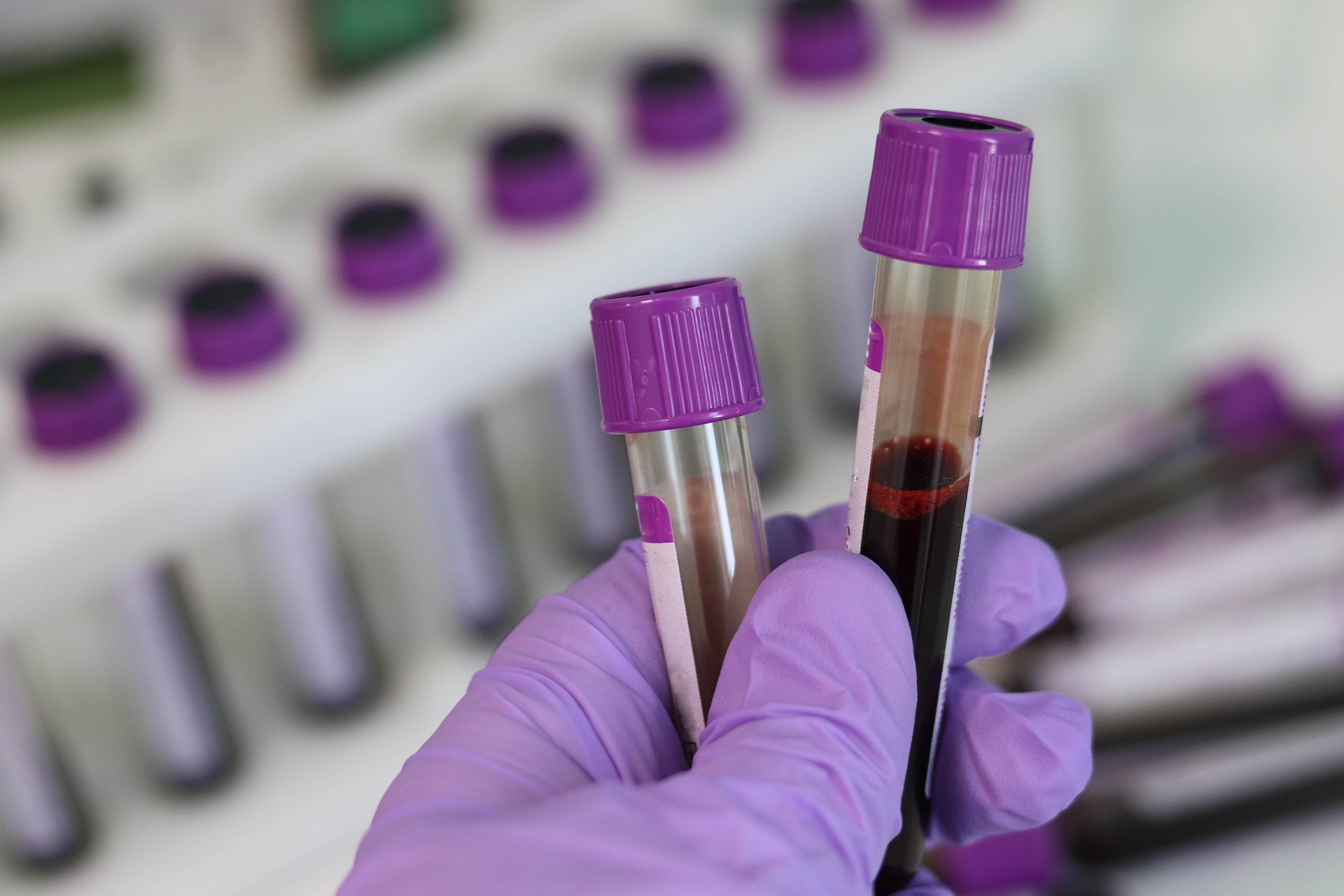News release
From:
Attachments
Note: Not all attachments are visible to the general public. Research URLs will go live after the embargo ends.

Journal/
conference: PLOS Pathogens
conference: PLOS Pathogens
Research:Paper
Organisation/s:
CSIRO, The University of Melbourne, Monash University
Funder:
This work was supported by the
Commonwealth Scientific and Industrial Research
Organisation (CSIRO) (www.csiro.au) (C.R.S.,
grant number N/A). We acknowledge funding from
the Coalition for Epidemic Preparedness
Innovations (CEPI) (https://cepi.net/) (S.S.V., grant
number N/A) for supporting ferret COVID-19
studies. S.S.V. is grateful for support from Australian Department of Finance (grant number
N/A) and CSIRO Future Science Platforms (grant
number N/A). The funders had no role in study
design, data collection and analysis, decision to
publish, or preparation of the manuscript



 Australia; VIC
Australia; VIC


